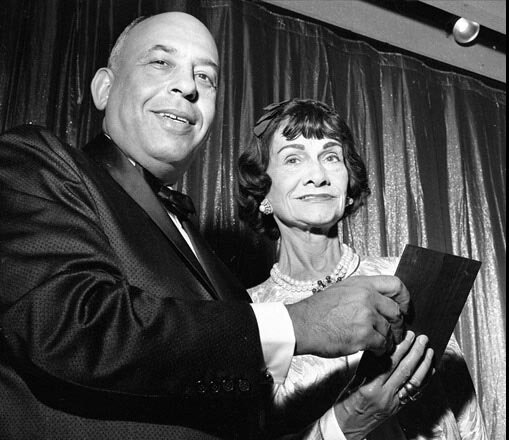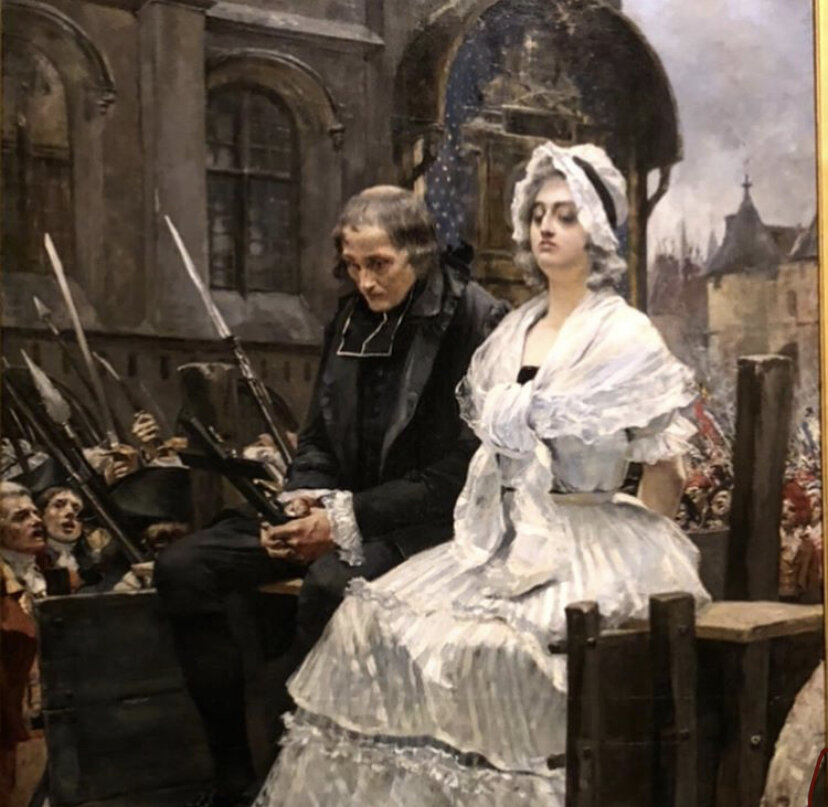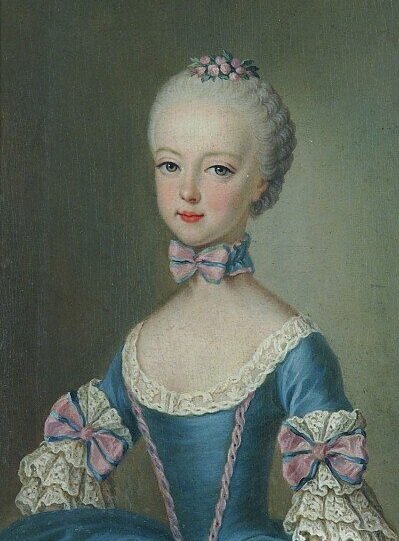Gabrielle Bonheur Chanel would start out a poor orphan and would become one of the richest women in the world. Her life and the narrative she tried to rewrite many times is well known, well most of it. Starting out chasing a dream of fame she wanted to be on the stage. It was the stage that would give her the now famous name Coco when she would sing Who Has Seen Coco every night between headliners in a small club.
Sent to a convent at 12 by her father and left behind she would learn to sew and when she was 18 left and began working as a seamstress. She would meet Etienne Balsan and move to his chateau in Compiegne introducing her to the world of high society. She didn’t fit in and began to design her own clothes and hats. While her clothing shocked the women in the corsets and dressed as a wedding cake as Chanel called them they did love her hats.
While she was living with Balsan she met his friend Edward Boy Capel, the two fell in love and the affair lasted 9 years, even after he married another woman. Capel was supportive of her and paid for her first store at 21 Rue Cambon, followed by stores in Deauville and Biarritz. She began to make so much money with her new more casual style of clothes and hats that she was able to pay him back everything he loaned her 18 months later. In 1919 after spending a few days in Paris with Chanel, Capel left to go to London. On his way he was in a horrible accident and died. Chanel was heartbroken.
In the 1920’s she would continue to amass her fortune. Working with perfumier Ernest Beaux Gaven, he brought her nine samples of the perfume he was creating for her. She chose her favorite number, no. 5. For the bottle she wanted it invisible and shaped after one of Boy’s old toiletry bottles, for the cap she would later change the design to the shape of the Place Vendome. In 1924, after the urging of her friend Theophile Bader, the founder of the Galeries Lafayette she met with the Wertheimer Brothers, Pierre and Paul. Without any guidance or a lawyer she signed away her perfume and only kept a 10% ownership.
Her love life after Boy was one horrible decision after another. In 1922 she met the Duke of Westminster Hugh Richard Grosenor or Bender. He was a huge anti-semite that gave her jewels and even a home in London. Their relationship lasted ten years. Then there was Paul Irbe, another anti-semite who started an ultra right wing newsletter against Jews and foreigners in France. Coco paid for the publishing of it. It was the late 1930’s and Hitler was marching through Europe. One day her employees went on strike because of low pay, Chanel was outraged and when the war started a few years later she closed her atelier putting 3000 employees out of work. Many of the other designers in Paris kept their going as long as they could.
Chanel had an apartment above her store at 31 Rue Cambon but preferred to stay at the Ritz just across the street. In 1940 the German’s also loved the idea of staying in the poshest hotel in Paris. Living on the Vendome side in a lavish room while all the other rich guests were kicked out should have tipped many people off. She began a relationship with Baron Dinklage a Nazi spy. The two would spend each evening together over dinner and he even took her to work with him meeting Gorhing and other high ranking Nazi leaders.
Coco’s true colors began to be seen and since 2011 and again in 2014 when government officials released sealed documents we really can see what she really was. Those employees she had locked the doors on, well the Jewish ones she turned into the Germans. She and Dinklage would spend afternoons “shopping” in the home of Jewish families sent off to die, the richest woman in the world at that time was in need of nothing. She even spied for the Nazi’s using one of her oldest and cloests friends Vera Bate who was also friends with Churchill and the Duke of Winsdor. Telling Vera they were going to Spain to look at a location for a shop she was actually on a German errand. When they were arrested and Chanel told her what their real mission was she wanted nothing to do with her. Chanel was released but Vera was detained. She denounced Chanel and told them she was a Nazi spy. The two would never speak again.
As the war was nearing an end and in fear for her life she placed a sign on her store offering free bottles of Chanel No. 5 to all the GI’s. It was a grand publicity move and bought her some time and the American soldiers protected her.
She and Spatz would disappear to Switzerland where she would be arrested but released. Many collaborators were put on trial, jailed and even killed. Coco would escape all of that but the French weren’t soon to forget. In 1954 after 15 years away she presented her first collection. The foreign press loved it, the French had nothing nice to say about it or her.
On January 10, 1971 at 87 years old after degrades of morphine use she would die in the Ritz. The president's wife Madame Pompidou wanted to hold a large tribute to her a year after her death. When they figured out all her hateful acts during the war, it was cancelled.
Coco Chanel, the woman so many people love and admire was not at all what many think she was. While she was an amazing business woman who created a style that is still worn today and the creator of the little black dress, but the woman herself was a hateful horrible person. Can we separate the company from who the woman was?
Support my writing and stories of Paris by joining my Patreon page and get lots of extra goodies including discounts on my tours in Paris, trip planning and custom history just for you. Patreon link in bio.












































